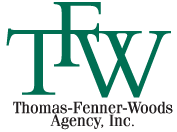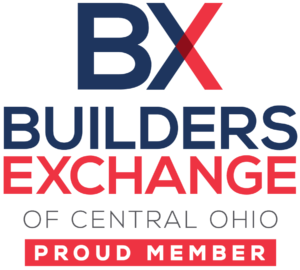Today’s society carries an unrealistic expectation, if not demand, for individuals to fit more and more into their lives. The often teetering balancing act between work and everyday life causes many to defer sleep to get everything that’s expected of them done. Late nights and early mornings can be a recipe for a health disaster. The problem is that sleep isn’t something that can be brokered and traded for supposedly more important tasks.
Most people are fully aware that getting enough sleep is something that’s beneficial to their mind and body, but did you know that getting too little sleep could actually increase your risk of an early death from cardiovascular disease, stroke, and heart attack?
A new study published in the European Heart Journal analyzed data from fifteen different sleep studies that involved adults from various countries, including the United Kingdom, the United States, Israel, and Japan. The research followed almost 475,000 adults for up to 25 years and found that having sleep disrupted or sleeping less than six hours a night resulted in a 48% chance of dying from or developing cardiovascular disease. The chance of dying from or having a stroke was 15%.
The researchers recommend that six to eight hours of regular nightly sleep is optimum to protect one’s health and reduce their risk of developing chronic illnesses. They also warn that people get into trouble when their sleep is less than five hours per night since this causes problems the next day from being tired and steadily increases the risk of developing a chronic illness in the future.
According the study, chronic sleep deprivation can cause an array of changes to the human body, such as the production of chemicals and hormones that increase the risk of developing strokes and heart disease. For example, cytokines, which are chemical inflammation markers for hardening of the arteries (atherosclerosis), can be activated by chronic sleep deprivation. Sleep deprivation also increases the risk of developing hypertension, diabetes, high cholesterol, and obesity, which are ironically also known risk factors for heart disease and stroke. For example, hormone changes can lead to certain markers for type 2 diabetes, such as insulin resistance and glucose intolerance.
On the other hand, the study’s authors also caution against getting too much sleep. Over nine hours of sleep could have negative implications and be an indicator of a number of underlying illnesses, such as cardiovascular disease or depression.
Although the study does indicate that sleep deprivation should be considered a lifestyle risk akin to sedentary lifestyles, alcohol abuse, and tobacco use, some experts caution that there’s still a lot unknown about the mechanism and causation when it comes to the association between sleep disorders and the increased risk of stroke and heart disease.
In the meantime, those that would like to reduce their risk of heart attack and stroke might consider integrating the American Heart Association’s key health factors into their daily lives – reducing blood sugar, controlling cholesterol, managing blood pressure, smoking cessation, weight loss, eating better, and being more active.





